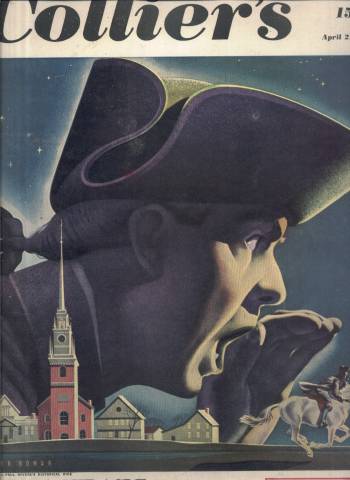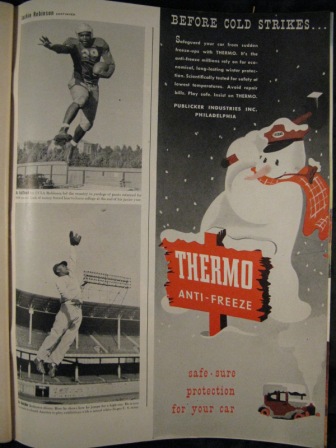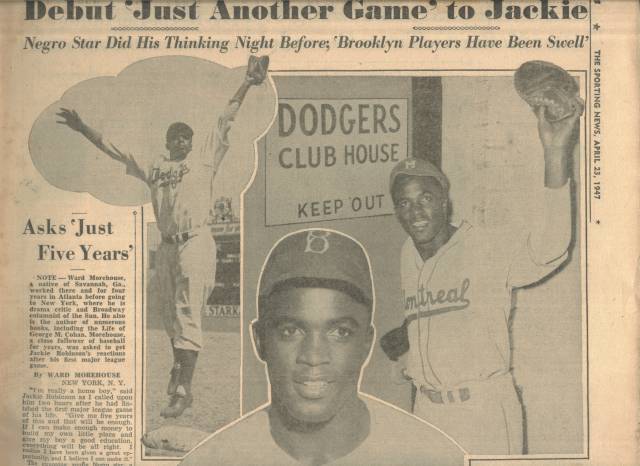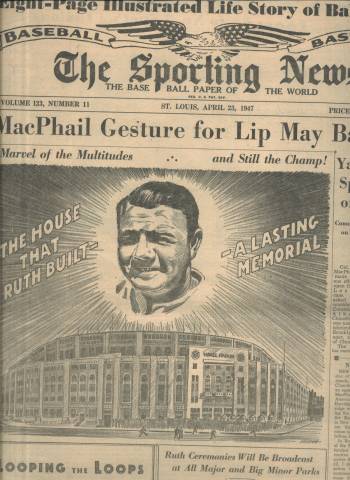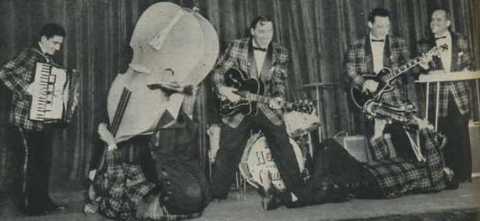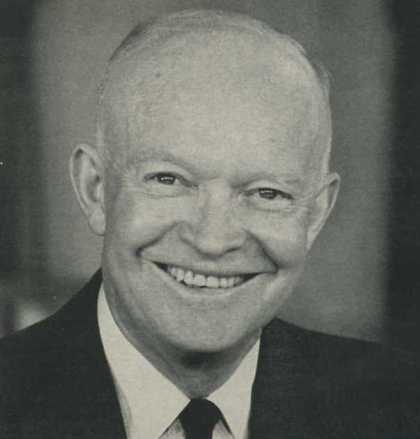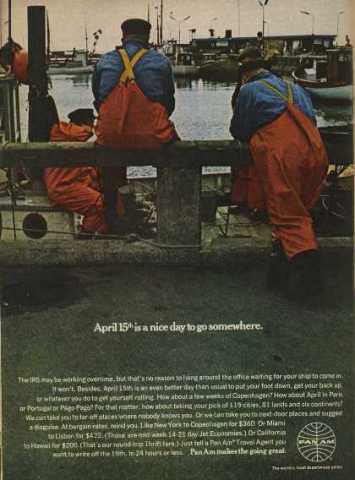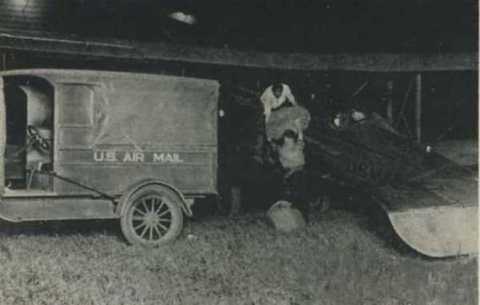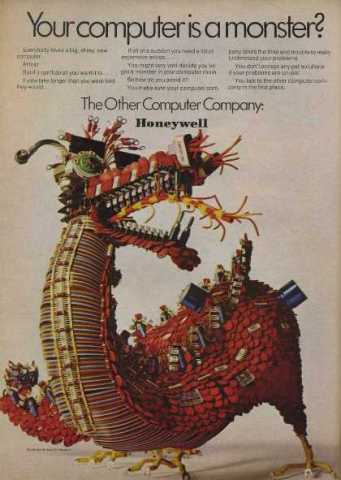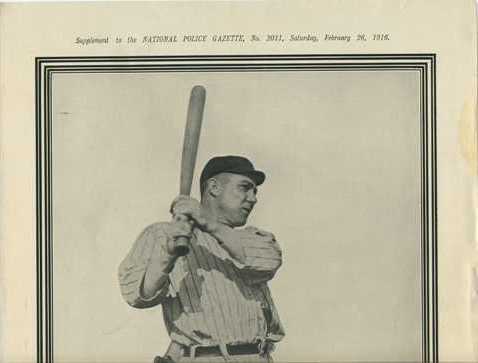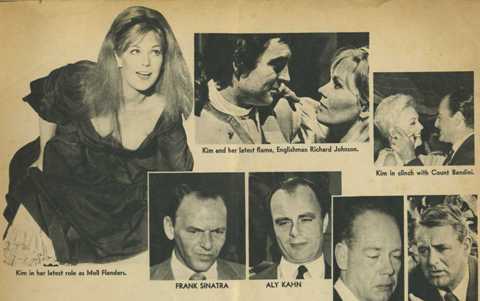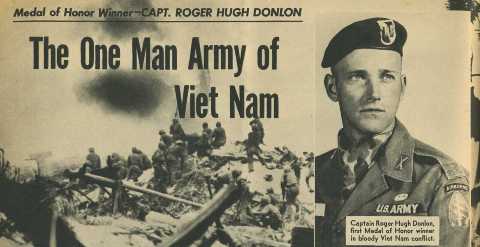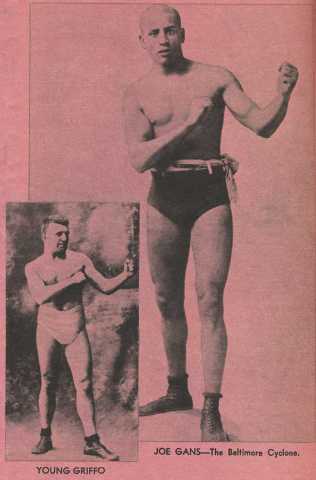Listen, my children, and you shall hear
Of the midnight ride of Paul Revere,
On the eighteenth of April, in Seventy-Five;
Hardly a man is now alive
Who remembers that famous day and year.
Yes, you know that Longfellow poem, the one which surely helped to rob co-riders William Dawes and Samuel Prescott of all fame (if that first line had only ended in awes, or maybe even because, but oh well. Sorry Dawes!). As you can plainly see in the first stanza, the actual ride took place on this date 234 years ago–and that part is historically correct.
But we don’t usually go that far back, so why today? Well the Henry Wadsworth Longfellow poem wasn’t written until 1860, which is inside our usual time frame, and especially relevant, the first publication was of “Paul Revere’s Ride” was in the January 1861 issue of The Atlantic Monthly. This is a long link, but assuming it works you should be able to read the entire poem as originally published courtesy of the incredible Making of America series at the Cornell University Library.

I sold the January 1861 issue of the Atlantic shown above sometime last year for $125. While it was holding together well, it certainly wasn’t in fantastic condition. And even at $125, I probably robbed myself, because at the time I sold it I was under the impression that another feature had driven the price.
At least it was another feature which I pushed in my eBay listing and that was the 11 page article “Who Was Caspar Hauser?” (A fun tale in its own right, read about Caspar Hauser on Wikipedia).
I missed the famed Revere poem when I listed the item and surely that was one time I found myself on the other end of the game I usually play by providing someone with greater knowledge a bargain through my own ignorance. Still, a tidy profit at the time, and now I’m well aware of what was the likely true cause of the strong price. Honestly, I’m not sure how much more I could have squeezed out of that magazine anyway.
While I joked around about the other riders above, Longfellow’s poem is actually credited with rescuing Paul Revere from obscurity, so rather than feel bad for Dawes and Prescott, a more positive way to look at it is one of out three ain’t bad.
